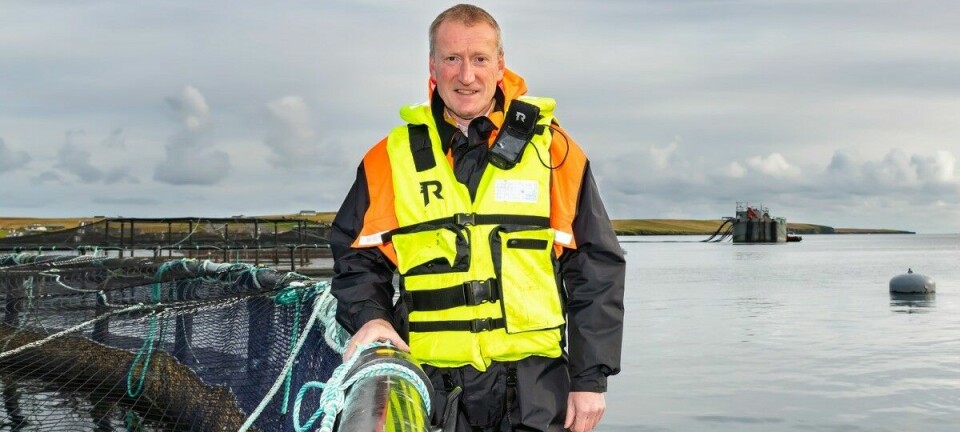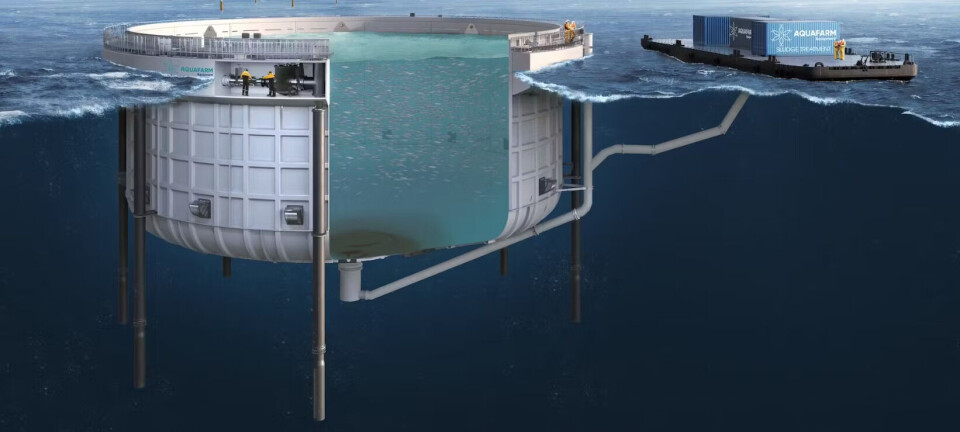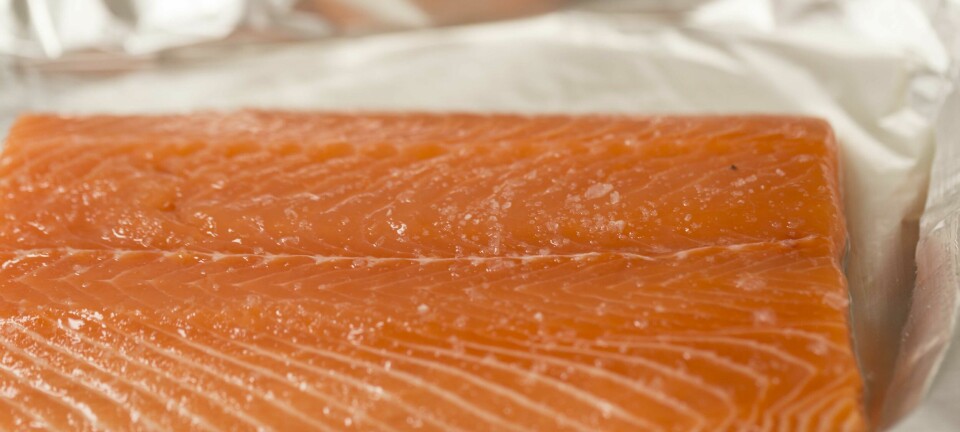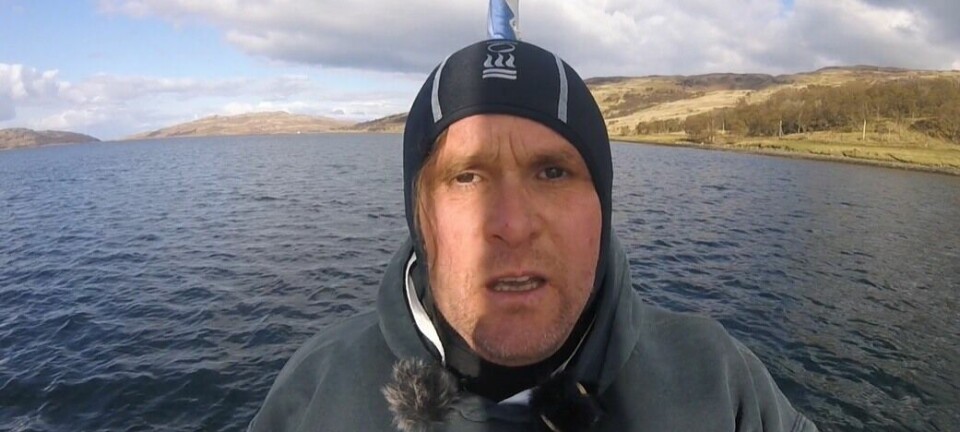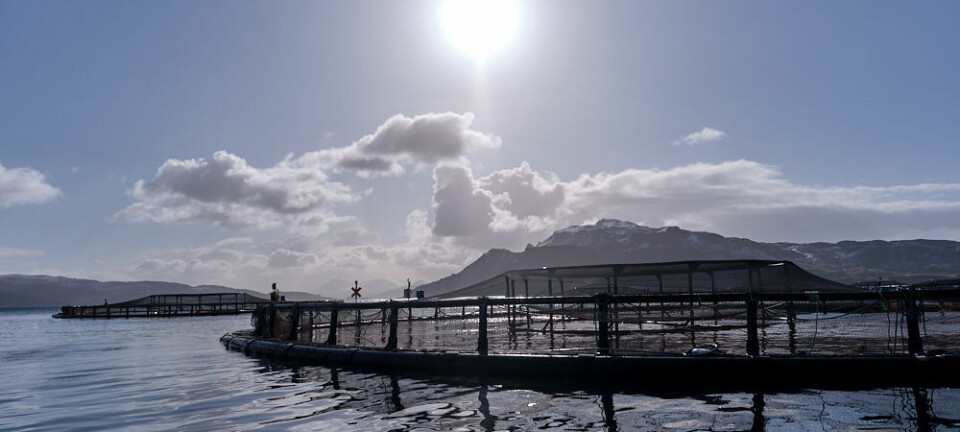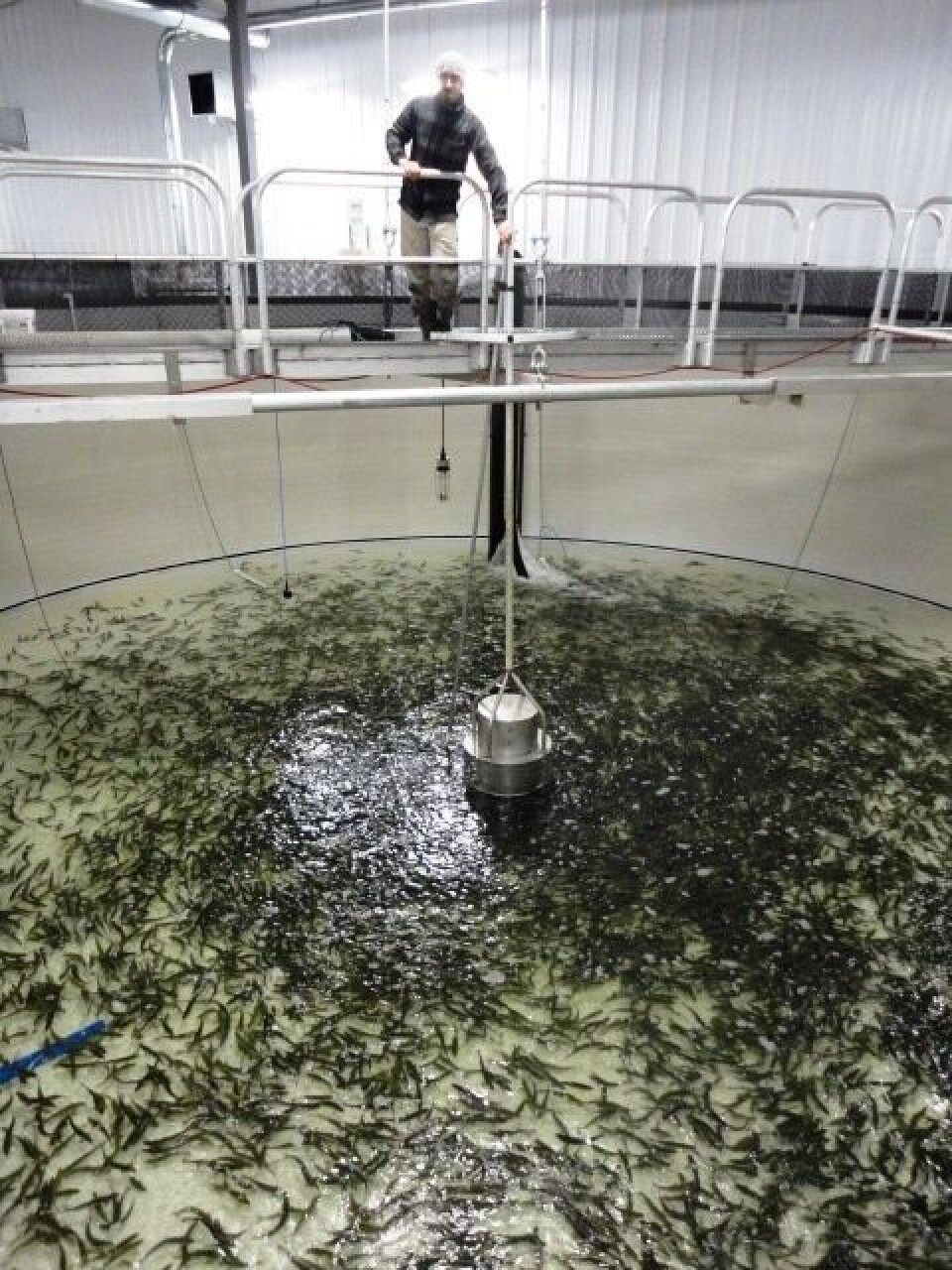
FAO recommends geothermal energy
There is a lot to be said for a production strategy for farmed salmon where the fish are held in tanks on land until they reach a size when production costs reach a critical point and when a transfer to conventional sea cages becomes a natural next step in the farming cycle. And in most cases, this critical size can be achieved faster if there is a source of inexpensive energy that can be used to heat the water in such tanks to a level where the salmon will display an optimal rate of growth.
Crusoe Osagie explores a recent report by the FAO into how this natural source of heat can be used for food (fish) production and processing;
Geothermal energy, the flow of heat energy radiating from the earth’s core, provides unique opportunities for cost efficient, sustainable food production and processing in developing countries, revealed a new report published by the Food and Agriculture Organisation (FAO). In some developing economies, as much as half of all food produced is lost post-harvest – that is due in part to a lack of affordable energy for food processing, according to “Uses of Geothermal Energy in Food and Agriculture”.
This, according to the report, makes the use of heat energy for drying foods, pasteurising milk and sterilising produce especially interesting for developing countries, where increased food processing can give a boost to food security. Food drying can prolong the shelf life of nutritious foods like fish and vegetables and make them available year-round, including in times of drought, the report added. Geothermal energy is also a prime source for heating greenhouses, soils, and water for fish farming, the report stated.
Developing countries that have much to gain from harnessing heat energy for agriculture include those in the so-called Ring of Fire along the Pacific Plate, such as Mexico, Indonesia, the Philippines and various countries along the Pacific Coast of South America. So do Ethiopia and Kenya in Africa’s Rift Valley, and transitioning economies in Eastern Europe, including Romania and Macedonia. “It’s an energy source that’s renewable, clean and low-cost once you’ve made the initial investment to harness it,” says Carlos da Silva, Senior Agribusiness Economist in FAO’s Rural Infrastructure and Agro-Industries Division. “By using a clean energy source, you’re not only addressing cost but also the environmental impacts of food production and processing,” according to da Silva.
Agriculture both consumes energy and emits greenhouse gases that contribute to global warming. Research suggests that using geothermal heating for greenhouses decreases fungus infections and cuts fuel costs by up to 80 percent, providing significant savings to operating budgets. And while oil and gas can be costly and scarcely available in parts of the world, the estimated 42 million megawatts (MW) of power that radiates from the earth’s 5000-degrees-celsius core won’t run out for billions of years.
Of the 23 developing countries that are using geothermal, the majority currently apply it to space heating and recreational purposes like bathing only, leaving its significant potential for agricultural uses untapped. Still, successful geothermal agricultural projects are underway in just under half of thosecountries, including in aquaculture, farming and processing. A government-funded project in Algeria is supporting the building of fish farms that utilize hot water from drill holes to heat Tilapia ponds. The three farms built so far produce an average 1700 tonnes of Tilapia per year.
Iceland, which derives most of its heating and electricity from geothermal power -- has been a leader in the use of geothermal power for agriculture since the 1920s. In addition to greenhouse heating, some 20 companies across Iceland dry between 2000 and 4000 tonnes of fish each year, while an emerging industry for geothermal pet food drying is currently producing 500 tonnes of animal feed annually.
Start-up costs remain the main barrier to developing countries’ exploring geothermal energy uses on a larger scale, making it all the more necessary for governments to take a leading role in attracting investment and creating policy environments that support the sector, according to FAO.




